Dear Zazie, Here is today’s Lovers’ Chronicle from Mac Tag dedicated to his muse. Rhett
The Lovers’ Chronicle
Dear Muse,
the looks, the little gestures, the touches, how we feel, as we lie, wide awake, habitants whisperin’ through this treasured moment who must explore beyond ordinary or else we break our ties that bind and fade away
we wonder as we grow
into this bond so sound
© copyright 2022 mac tag/cowboy coleridge all rights reserved
© copyright 2021 mac tag/cowboy coleridge all rights reserved
© copyright 2020 mac tag/cowboy coleridge all rights reserved
Pale Love, Pale Rider
“But why?”
you know, at some point,
you have to eff why
“Can you say,
you did the best
you could do?”
that hardly matters…
well it is, some days
but that is just
the natural order,
n’est – ce pas
it was not, last night
the attention
of a pretty woman
was nothin’
more than that
limitations
are fully known
© copyright 2019 mac tag/cowboy coleridge all rights reserved
lost, this single thought
changes in mid-spectrum
these endless wishes,
senseless ardour
would you therefore,
have to hear everything
that heart-rendin’ farewell
cannot move you
at this,
cries are superfluous
bitterly, heard over ashes
“Return no more.”
but no,
not your purpose
all that is,
this is your pulse
illusion
chimera, lie
this ephemeral need
this flash, this spark
burnin’ in surprise
you suddenly forget
and destinies bind
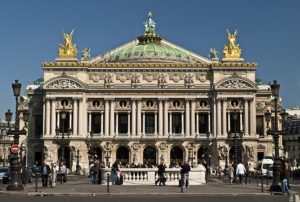 On this day in 1875, the Palais Garnier, one of the most famous opera houses in the world, is inaugurated in Paris.
On this day in 1875, the Palais Garnier, one of the most famous opera houses in the world, is inaugurated in Paris.The Palais Garnier is a 1,979-seat opera house, which was built from 1861 to 1875 for the Paris Opera. It was called the Salle des Capucines, because of its location on the Boulevard des Capucines in the 9th arrondissement of Paris, but soon became known as the Palais Garnier, in recognition of its opulence and its architect, Charles Garnier. The theatre is also often referred to as the Opéra Garnier and historically was known as the Opéra de Paris or simply the Opéra, as it was the primary home of the Paris Opera and its associated Paris Opera Ballet until 1989, when the Opéra Bastille opened at the Place de la Bastille. The Paris Opera now mainly uses the Palais Garnier for ballet.
The Palais Garnier is a symbol of Paris like Notre Dame Cathedral, the Louvre, or the Sacré Coeur Basilica. This is at least partly due to its use as the setting for Gaston Leroux‘s 1910 novel The Phantom of the Opera and, especially, the novel’s subsequent adaptations in films and the popular 1986 musical.
The Palais Garnier also houses the Bibliothèque-Musée de l’Opéra de Paris (Paris Opera Library-Museum). The museum is included in unaccompanied tours of the Palais Garnier.
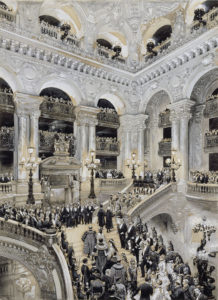
Inauguration of the Paris Opera in 1875 (Édouard Detaille, 1878)
The theatre was formally inaugurated with a lavish gala performance attended by Marshal MacMahon, the Lord Mayor of London and King Alfonso XII of Spain. The program included the overtures to Auber‘s La muette de Portici and Rossini‘s William Tell, the first two acts of Halévy‘s 1835 opera La Juive (with Gabrielle Krauss in the title role), along with “The Consecration of the Swords” from Meyerbeer‘s 1836 opera Les Huguenots and the 1866 ballet La source with music by Delibes and Minkus. As a soprano had fallen ill one act from Charles Gounod’s Faustand one from Ambroise Thomas’s Hamlet had to be omitted. During the intermission Garnier stepped out onto the landing of the grand staircase to receive the approving applause of the audience.
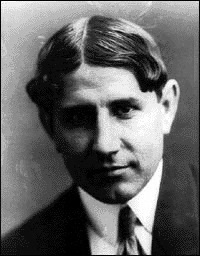 Today is the birthday of Pablo Emilio Gargallo Catalán (Maella, Aragon, Spain; 5 January 1881 – 28 December 1934 Reus, Tarragona, Spain); sculptor and painter.
Today is the birthday of Pablo Emilio Gargallo Catalán (Maella, Aragon, Spain; 5 January 1881 – 28 December 1934 Reus, Tarragona, Spain); sculptor and painter.He spent a significant part of his life in the Montparnasse Quarter of Paris, France. In 1903, he invested a studio at the Cité d’Artistes, rue Vercingétorix in the 14th arrondissement of Paris. There he met Max Jacob and Carlos Casagemas, both friends of Pablo Picasso.
In 1907, he stayed at the artists commune Le Bateau-Lavoir in Montmartre with Max Jacob, Juan Gris and other artists. He spent his first night in the studio of his friend Picasso, whose head he modeled as a sculpture. There he was able to contemplate Picasso’s seminal proto-Cubist painting Les Demoiselles d’Avignon. Shortly thereafter, Juan Gris introduced him to Magali Tartanson, whom he married in 1915. During this period, Gargallo was influenced by the work of Picasso.
Among Gargallo’s works are three pieces based on Greta Garbo: “Masque de Greta Garbo à la mèche,” “Tête de Greta Garbo avec chapeau,” and “Masque de Greta Garbo aux cils.” Together with Dídac Masana, Gargallo sculpted the great arch over the front of the stage of the Palau de la Música Catalana in Barcelona. The work depicts the Ride of the Valkyries in Richard Wagner’s opera Die Walküre (The Valkyries).
Gargallo suffered from fulminating bronchial pneumonia and died in Reus, Tarragona. He is considered to be one of the most significant artists of the Spanish avant-garde, and in 1985 the Pablo Gargallo Museum in Zaragoza opened in the former Argillo Palace. Gargallo’s birthplace and early home, on the street now dedicated to his name in Maella, Zaragosa, has been transformed into a museum dedicated to his life and works
Galería
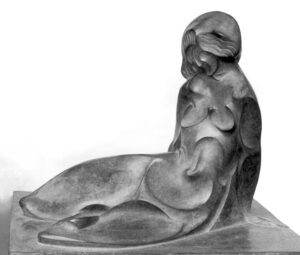
1922, Femme au repos en creux bronze
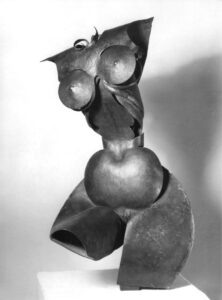
-

Retrato de Picasso, 1913
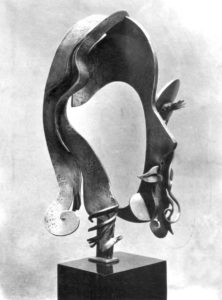
1930, Portrait de Greta Garbo steel


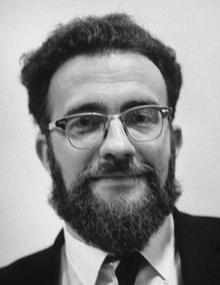 And today is the birthday of William De Witt Snodgrass (January 5, 1926 – January 13, 2009); poet who also wrote under the pseudonym S. S. Gardons. He was studying poetry at the Iowa Writers’ Workshop in the early 1950s when his marriage began to fall apart, and he began writing about it in his poems. He showed some of hispoems to his teacher, the poet Robert Lowell, but Lowell didn’t like them. He said, “You’ve got a brain; you can’t write this kind of tear-jerking stuff.”Lowell later helped Snodgrass get his poetry collection, Heart’s Needle, published in 1959. It was Snodgrass’s first book, and it won the Pulitzer Prize. Lowell called it “a breakthrough for modern poetry.”
And today is the birthday of William De Witt Snodgrass (January 5, 1926 – January 13, 2009); poet who also wrote under the pseudonym S. S. Gardons. He was studying poetry at the Iowa Writers’ Workshop in the early 1950s when his marriage began to fall apart, and he began writing about it in his poems. He showed some of hispoems to his teacher, the poet Robert Lowell, but Lowell didn’t like them. He said, “You’ve got a brain; you can’t write this kind of tear-jerking stuff.”Lowell later helped Snodgrass get his poetry collection, Heart’s Needle, published in 1959. It was Snodgrass’s first book, and it won the Pulitzer Prize. Lowell called it “a breakthrough for modern poetry.”
Snodgrass’s work helped inspire other poets to write openly about their personal lives.
How real it seems! But he comes, wide awake,
A tourist whispering through the priceless rooms
Who must not touch things or his hand might break
He’ll grow into his sleep so sound again.

No Comments on "The Lovers’ Chronicle 5 January – struggle – inauguration of the Palais Garnier – art by Pablo Gargallo – verse by W. D. Snodgrass"